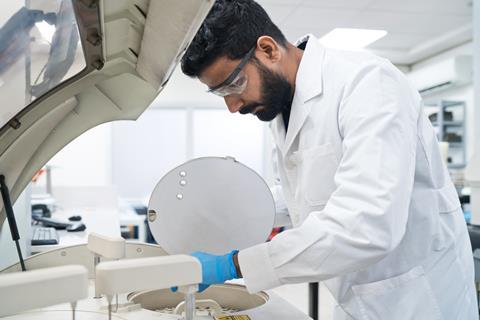The Indian government has announced that it will make sweeping changes to a highly controversial and unpopular procurement policy that covers scientific equipment and consumables.

The Government e Market (GeM), an online portal for purchasing all equipment, consumables and services for research, was touted as a great step forward when it was introduced in 2016. It was claimed that it would save the country a lot of money and help researchers procure things more cheaply, while also supporting local manufacturing under prime minister Narendra Modi’s Make in India scheme.
GeM’s use became mandatory in 2020 and all publicly funded scientific institutions, universities and research laboratories had to abide by its rules. The underlying idea was that GeM would help secure the purchase of any piece of equipment or consumable at the lowest possible price by bidding through a network of affiliated vendors.
However, over the years, GeM has faced a rising tide of criticism, particularly from scientists concerned by the quality of the equipment and lab supplies – so essential for good science and reproducibility – being delivered through the system. Criticism of this system, which only concerns scientists, has even spilled over into the mainstream news and onto social media, where it has been called an organised scam under Make in India.
‘A key issue with GeM has been that there is no idea of quality,’ says Vimal Singh, a geologist at the University of Delhi. ‘It was a good idea – had there been some quality checks. Another huge problem has been the lack of a reliable personal interface.’ Often, vendors were supplying substandard materials and returning them or exchanging them would take a lot of valuable research time, he says. He also cites stories of low-cost microscopes supplied by a vendor in Ambala to a leading research institute that had very poor resolution, making them unusable. ‘Unscrupulous vendors gaming the GeM system is also a known complaint,’ he says.
This situation finally forced the government to act. The office of the principal scientific adviser to the Indian government spearheaded consultations across India involving Indian Institutes of Technology and research laboratories, while the Indian Academy of Sciences engaged universities. Ajay Kumar Sood, India’s principal scientific adviser, says this consultation helped identify many problems. ‘All these hurdles have not been tackled, some are still in the pipeline, but the good thing is there is a very positive response from authorities to address these,’ he says.
The government claims its reforms will ‘address ease of doing research and innovation’. Powers have now been given to the heads of the institutions and vice chancellors to purchase specialist equipment and materials from non-GeM sources, ending the compulsory GeM route. The finance ministry has also changed its rules to significantly increase the financial ceiling for small purchases from INR100,000 (£851) to INR200,000. Departmental committees can also now spend INR1 million to INR2.5 million without having to go through GeM. Limited tender enquiries and advertised tender enquiry limits that have to be opened up to competition have also been doubled to INR10 million with no need to use GeM. Significantly, there is an acknowledgement that most high-end, specialist research equipment is not made in India. Heads of institutions can now approve global tenders of up to INR2 billion.
‘This is an enabling decision and if we have to move on, we have to get rid of outdated procedures and do away with red-tapism and cumbersome approvals for which the government sector [has] becomes notorious [for],’ says Jitendra Singh, science minister. ‘This has been a pathbreaking decision and these provisions will impact the entire ecosystem of research, innovation and education.’

















No comments yet